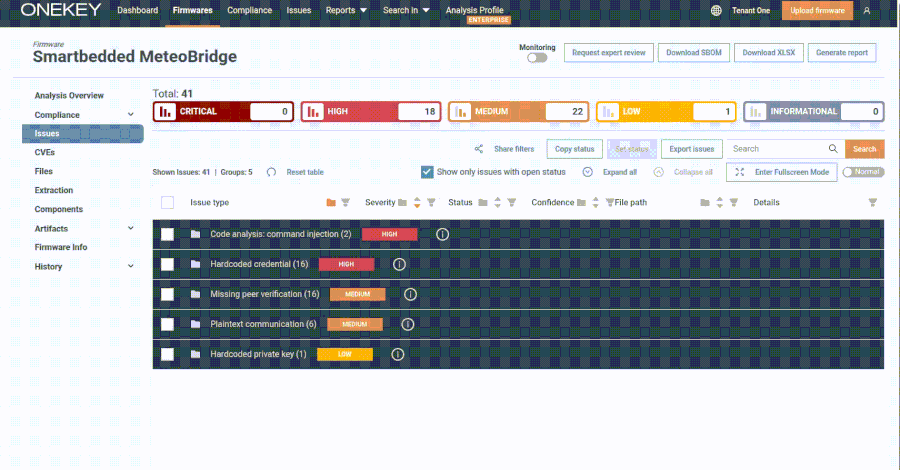In today’s rapidly evolving digital landscape, businesses face unprecedented challenges in safeguarding their data and infrastructure. The increasing sophistication of cyber threats necessitates a proactive approach to cybersecurity. As we approach 2025, it is imperative for businesses to stay ahead of these threats to protect their valuable assets and maintain customer trust. This article delves into essential strategies enterprises can adopt to bolster their security posture.
The Evolving Threat Landscape
Cyber threats have become more complex and frequent, with attackers employing advanced techniques to breach even the most secure systems. As businesses continue to digitize their operations and adopt new technologies, the attack surface expands, providing malicious actors with more opportunities to infiltrate networks. According to cybersecurity experts, the rise of ransomware, phishing attacks, and advanced persistent threats (APTs) are among the top concerns for enterprises.
In addition to external threats, internal vulnerabilities pose significant risks. Employees, often inadvertently, can become vectors for attacks, highlighting the need for comprehensive security training. As such, a robust security strategy must address both external and internal threats to ensure comprehensive protection.
Implementing a Multi-Layered Security Approach
To combat the myriad of threats, businesses should adopt a multi-layered security approach. This involves deploying a combination of technologies and practices that provide multiple lines of defense. Key components of a multi-layered security strategy include:
1. Firewalls and Intrusion Detection Systems: These tools serve as the first line of defense, preventing unauthorized access to networks and detecting suspicious activities.
2. Endpoint Security Solutions: With the rise of remote work, securing endpoints—such as laptops, smartphones, and tablets—has become crucial. Endpoint security solutions help protect these devices from malware and other cyber threats.
3. Data Encryption: Encrypting sensitive data ensures that even if it is intercepted, it remains unreadable to unauthorized users. This is critical for protecting both stored data and data in transit.
4. Regular Software Updates and Patch Management: Keeping software up to date is essential for closing security vulnerabilities that attackers might exploit.
5. Zero Trust Architecture: This security framework operates on the principle of “never trust, always verify,” requiring continuous verification of user and device identities, regardless of their location or network.
Emphasizing Employee Training and Awareness
While technology plays a critical role in cybersecurity, human factors cannot be overlooked. Employees are often the weakest link in security, with phishing attacks and social engineering tactics targeting them directly. To mitigate this risk, businesses must invest in comprehensive training programs that educate employees about the latest threats and best practices for security.
Regular workshops and simulated phishing exercises can help employees recognize suspicious activities and respond appropriately. Additionally, fostering a culture of security awareness within the organization ensures that every employee understands their role in protecting the company’s digital assets.
Leveraging Artificial Intelligence and Machine Learning
Artificial intelligence (AI) and machine learning (ML) are transforming the cybersecurity landscape by enabling faster and more accurate threat detection. These technologies can analyze vast amounts of data to identify patterns indicative of cyber threats. By automating threat detection and response, AI and ML significantly reduce the time it takes to neutralize attacks, minimizing potential damage.
For businesses, integrating AI and ML into their security infrastructure can enhance their ability to detect previously unknown threats and respond swiftly. However, it is crucial to continuously monitor and update these systems to adapt to the ever-changing threat landscape.
Preparing for Incident Response
Despite the best preventative measures, no system is immune to breaches. Therefore, having a well-defined incident response plan is vital for minimizing the impact of a security incident. An effective incident response plan should include:
– Identification and Assessment: Quickly identifying and assessing the scope of the incident.
– Containment: Isolating affected systems to prevent the spread of the attack.
– Eradication: Removing the threat from the network and systems.
– Recovery: Restoring systems and data to normal operations.
– Post-Incident Analysis: Reviewing the incident to understand how it occurred and implementing measures to prevent future occurrences.
Regularly testing and updating the incident response plan ensures that it remains effective and relevant in the face of new threats.
Conclusion
As we move toward 2025, the cybersecurity landscape will continue to evolve, presenting new challenges and opportunities for businesses. By adopting a proactive, multi-layered security strategy, emphasizing employee training, leveraging AI and ML, and preparing for incident response, enterprises can enhance their security posture and safeguard their digital assets. Staying informed about the latest threats and trends in cybersecurity is essential for maintaining resilience in the digital age.



